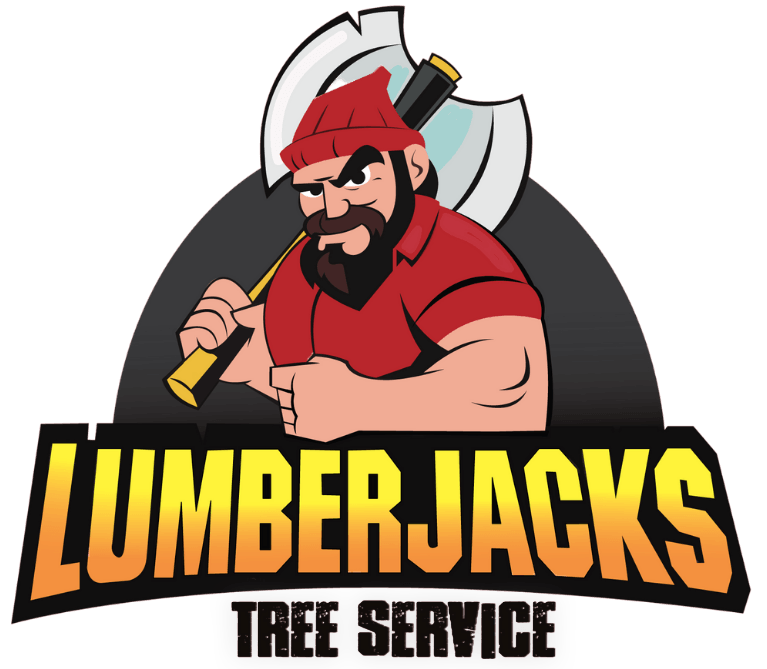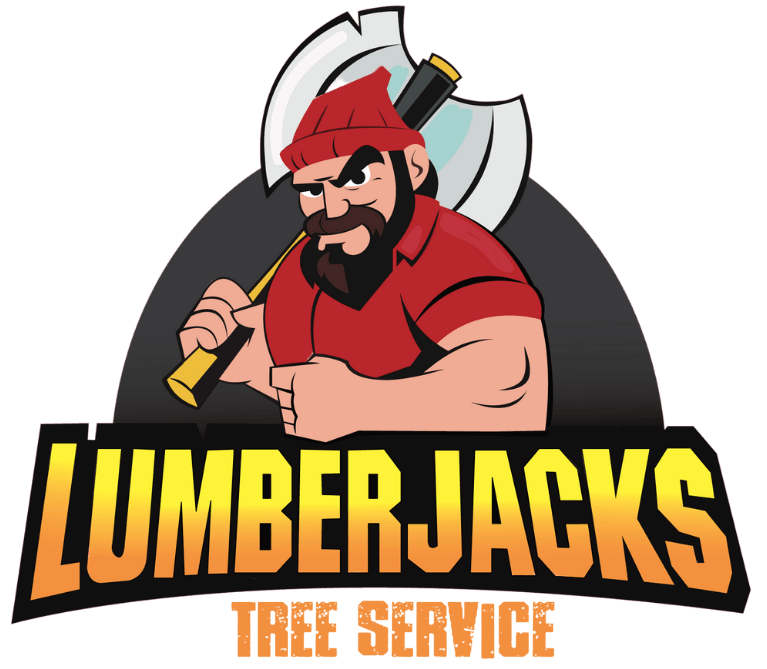Trees are a crucial part of our landscape, providing beauty, shade, and environmental benefits. However, even the healthiest trees can fail if certain conditions arise. Understanding why trees fail can help you take preventative measures to ensure their longevity. Here are some of the most common causes of tree failure and how you can prevent […]
5 Reasons to Stop Topping Your Trees
Stop, Drop, Don’t Top
Trees are a vital part of any landscape, providing beauty, shade, and added property value. However, they can also pose risks if not properly managed. The International Society of Arboriculture’s Tree Risk Assessment Qualification (ISA TRAQ) offers a solution by ensuring thorough evaluation and management of tree risks. Here’s why you should consider a […]
Taking care of your trees during the summer heat ensures a vibrant and healthy landscape. Here are 6 summer tips for your trees that you shouldn’t miss out on: Mulching: It’s not too late to mulch. Mulching reduces weed competition, stabilizes soil temperatures, and conserves moisture. Use three to four inches of shredded hardwood […]
Recently, Lumberjacks was featured on Local 3 News, highlighting our award-winning business and longstanding dedication to our customers and community. Since 2012, the Lumberjacks brand has focused on providing safe and efficient solutions to customers in the Chattanooga area. Founded on the principles of being transparent and trustworthy, both Lumberjacks Tree Service and Lumberjacks […]
With spring just around the corner, the questions about Bradford pear trees have started to roll in. The bottom line: These are some of the worst trees you can have on your property. Let’s break it down: Invasive Troublemakers: First, they’re not native to the area. Bradford pears may look innocent enough, but they’re […]
Dogwood anthracnose is a hazardous threat to dogwood species, including the beloved native flowering dogwood and Pacific dogwood trees. Introduced from Asia in the late 1970s, this fungal pathogen, Discula destructiva, has destroyed natural populations of flowering dogwood. 𝘚𝘺𝘮𝘱𝘵𝘰𝘮𝘴 𝘰𝘧 𝘋𝘰𝘨𝘸𝘰𝘰𝘥 𝘈𝘯𝘵𝘩𝘳𝘢𝘤𝘯𝘰𝘴𝘦: – Tan spots with irregular purple margins on leaves, which progress upwards […]
It’s a common misconception that trees on your property can thrive on their own. But here’s the reality: Your soil isn’t naturally nutrient-rich, creating a challenging environment for urban trees. Soil compaction and the absence of a natural forest ecosystem are major contributors to tree decline in cities. Trees thrive in loose soil, where […]
Did you know the best time to prune a tree depends on when they bloom? When inspecting a tree for pruning, you’ll need to know if the tree blooms on the current season’s growth or last season’s growth in order to properly care for the tree. Cherry blossoms and dogwoods are a great example of current […]

